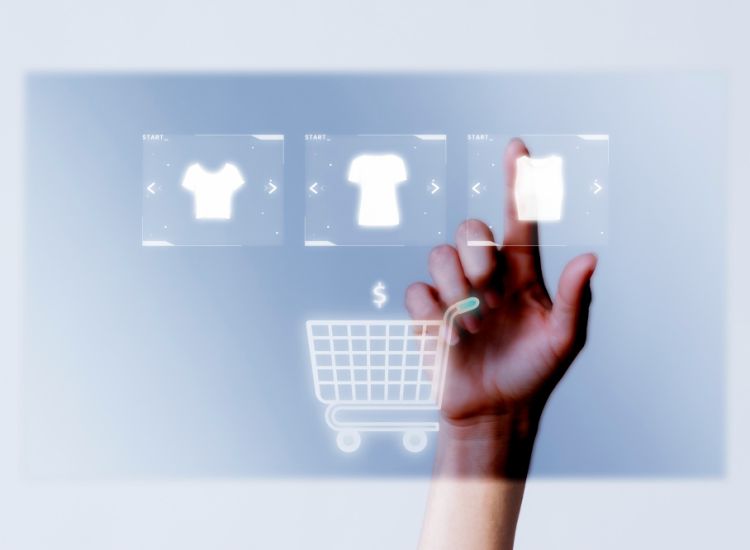Knowing what to expect from a business and how it can evolve is crucial when starting a project. How much time and money will be needed to open, maintain, and leverage an online business?
Alan Soria, CEO & Co-Founder of We Are, identified 3 growth phases related to ecommerce traffic: investment, maturity, and professionalization, and they are not related to the passage of time. Each of these phases is marked by milestones related to the company, digitalization, sales volume, database traffic, and store pickup location density. As ecommerce matures, its needs also mature.
Stage 1: Birth of Ecommerce
This is day zero, the moment when inertia is broken. The database has fewer than 10,000 contacts, organic traffic is not significant, and search engine rankings are very low. People are not familiar with the brand, so they don't contribute to direct traffic by typing the URL.
The investment in a newly launched ecommerce should not go directly into sales; the focus should be on increasing traffic sources and starting to build an email and/or phone database that will support the marketing strategy. The investment amount should be between 12% and 15% of gross revenue, although if there are no sales, you may need to work with lower budgets.
At this stage, having a physical store is useful for collecting customer data and growing faster. This can be done by putting a QR code on the bag, conducting giveaways based on voluntarily provided data, or sending the receipt online.
Stage 2: Seeking Stability and Volume
A common mistake in ecommerce occurs when high volumes are achieved in all indicators, and the desire to reap the rewards comes too soon. This stage is critical because the focus should be on testing the elasticity of your strategies and finding where they break.
This period provides the opportunity to analyze the value of each customer and understand how the products and services offered by the business behave online. If the goal is to acquire new customers and get existing ones to buy more often, you should start investing between 8% and 10% of gross revenue at this stage.
Soria mentions that in this way, you can focus on new paid traffic channels such as programmatic advertising and branding videos on YouTube, without expecting an immediate return on ad spend (ROAS). Additionally, you can start working with influencer marketing and value-optimized content for SEO.
Stage 3: Profitability
The final stage begins with the pursuit of competitiveness: achieving better shipping methods, new payment methods, ecommerce-specific packaging, gift experiences, and more. Understanding user behavior is already advanced, so launching a loyalty program would be very appropriate, and profitability is now possible.
What a mature ecommerce needs is an investment of 3% to remain competitive in new channels and for keywords that open up the sales funnel.
According to the specialist, finding profitability will depend exclusively on the ability to "leverage" logistics operations, customer service, digital advertising, and supply chain through physical stores.
When ecommerce is already profitable, the recommendation is to form commercial partnerships with other brands for joint promotional activities, innovate in products and services, and even sell traffic to third parties.







